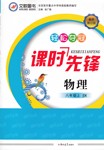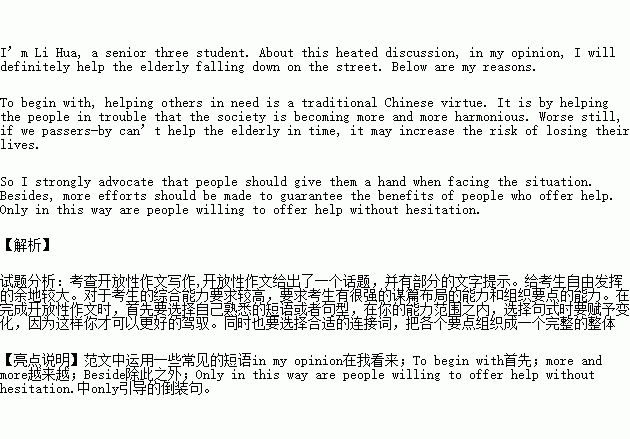题目内容
书面表达
假定你是李华,最近有家网站以“看到有老人摔倒你是否会上前救助”为题邀请公众展开讨论。请你写一篇文章参与该网站的讨论。内容包括:
1. 你的做法
2. 你的原因
3. 你的倡议
注意:1. 可适当增加细节
2. 词数100词左右,开头已给出(不计入总词数)
I’m Li Hua, a senior three student. About this heated discussion, ________________
___________________________________________________________________________________
___________________________________________________________________________________
___________________________________________________________________________________
___________________________________________________________________________________
___________________________________________________________________________________
___________________________________________________________________________________
练习册系列答案
 文敬图书课时先锋系列答案
文敬图书课时先锋系列答案
相关题目

